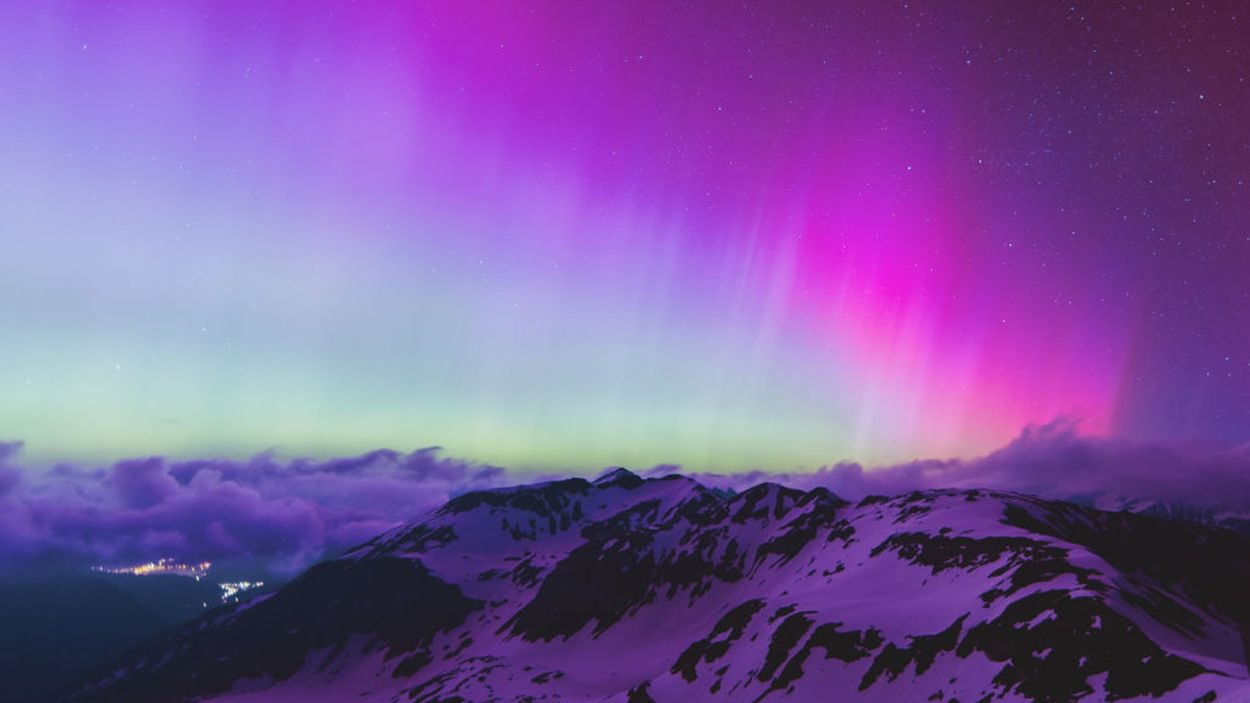
Ever gazed at the night sky and wondered about those shimmering lights dancing across the horizon? Those mesmerizing displays are known as the Aurora Borealis, or Northern Lights. This natural light show occurs when charged particles from the sun collide with Earth's atmosphere, creating stunning visuals. But did you know these lights are closely linked to geomagnetic storms? These storms, caused by solar wind disturbances, can affect everything from satellite communications to power grids. Understanding the connection between the Aurora Borealis and geomagnetic storms not only reveals the beauty of our planet but also highlights the powerful forces at play in our universe. Ready to learn more? Let's dive into 20 fascinating facts about these celestial phenomena!
What is the Aurora Borealis?
The Aurora Borealis, also known as the Northern Lights, is a natural light display predominantly seen in high-latitude regions around the Arctic. This mesmerizing phenomenon has fascinated humans for centuries. Here are some intriguing facts about the Aurora Borealis.
- The name "Aurora Borealis" comes from the Roman goddess of dawn, Aurora, and the Greek name for the north wind, Boreas.
- Auroras are caused by collisions between electrically charged particles from the sun and gases like oxygen and nitrogen in Earth's atmosphere.
- The colors of the aurora depend on the type of gas involved. Oxygen emits green and red light, while nitrogen produces blue and purple hues.
- Auroras are not exclusive to Earth; they have been observed on other planets like Jupiter and Saturn.
- The best time to see the Northern Lights is during the winter months when the nights are longest and the skies are darkest.
- Auroras can be seen in both the northern and southern hemispheres. In the south, they are called the Aurora Australis or Southern Lights.
- The first known record of the Northern Lights dates back to 2600 B.C. in China.
- Auroras can occur at altitudes ranging from 60 miles to over 400 miles above Earth's surface.
- The Northern Lights can sometimes be accompanied by sounds like claps or crackles, though this is rare and not fully understood.
- The intensity and frequency of auroras are influenced by the 11-year solar cycle, with more activity during solar maximum.
Understanding Geomagnetic Storms
Geomagnetic storms are temporary disturbances of Earth's magnetosphere caused by solar wind and solar flares. These storms can have significant effects on both natural phenomena and human technology. Let's delve into some facts about geomagnetic storms.
- Geomagnetic storms are triggered by solar flares and coronal mass ejections (CMEs) from the sun.
- The most powerful geomagnetic storm on record is the Carrington Event of 1859, which caused widespread telegraph system failures and auroras visible as far south as the Caribbean.
- Geomagnetic storms can disrupt satellite operations, GPS systems, and even power grids on Earth.
- During a geomagnetic storm, the auroras can be seen at much lower latitudes than usual, sometimes even in regions like Texas or Spain.
- The K-index is used to measure the magnitude of geomagnetic storms, with values ranging from 0 (calm) to 9 (extreme storm).
- Geomagnetic storms can increase the radiation exposure for astronauts and high-altitude flights, posing health risks.
- These storms can also affect animal navigation, particularly in species that rely on Earth's magnetic field, such as migratory birds and sea turtles.
- The auroras produced during geomagnetic storms are often more vibrant and dynamic, creating spectacular displays.
- Geomagnetic storms can induce electric currents in pipelines, accelerating their corrosion and leading to maintenance challenges.
- Scientists continuously monitor solar activity and geomagnetic conditions to provide early warnings and mitigate the impacts of geomagnetic storms on technology and infrastructure.
The Magic of the Northern Lights
The Aurora Borealis isn't just a pretty light show. It's a fascinating natural phenomenon tied to geomagnetic storms and the solar wind. These lights have inspired myths, scientific studies, and countless awe-struck viewers. Understanding the science behind them makes the experience even more magical.
From the charged particles from the sun interacting with Earth's magnetic field to the stunning colors that paint the sky, there's so much to appreciate. Whether you're a science buff or just someone who loves a good spectacle, the Northern Lights offer something for everyone.
Next time you see those shimmering lights, you'll know a bit more about what makes them tick. So, keep your eyes on the sky and enjoy the show. The Aurora Borealis is a reminder of the incredible beauty and complexity of our universe.
Was this page helpful?
Our commitment to delivering trustworthy and engaging content is at the heart of what we do. Each fact on our site is contributed by real users like you, bringing a wealth of diverse insights and information. To ensure the highest standards of accuracy and reliability, our dedicated editors meticulously review each submission. This process guarantees that the facts we share are not only fascinating but also credible. Trust in our commitment to quality and authenticity as you explore and learn with us.
